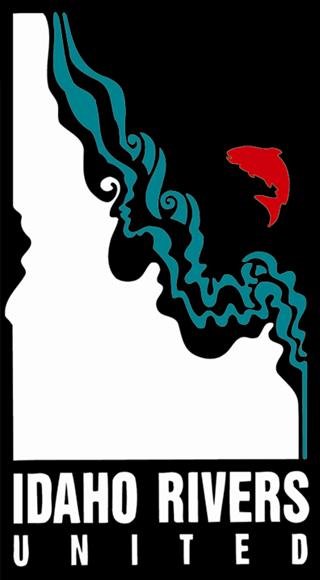The White House press release on Columbia River Basin Fisheries
Fish ladder at Little Goose dam on the lower Snake River. © Tess McEnroe
The White House released a press release on March 28th, 2022 with an acknowledgement of the current state of the Columbia River basin including an outlet for the public to contact their team of mediators surrounding the issue of removal of the Lower Snake River dams.
Additionally it states that, “This interagency group will build on existing analyses to identify a durable path forward that ensures a clean energy future, supports local and regional economies, and restores ecosystem function, while honoring long standing commitments to Tribal Nations.”
Although it’s exciting to see the current administration engaging and “working toward effective, creative solutions,” this announcement still did not give any clear next steps or concrete action beyond recognition of the issue. There hasn’t been a paper with such a strongly positioned stance as this to come out of the White House Council on Environmental Quality (CEQ) recently.
However, their statement did some due diligence for Indigenous nations and Tribal justice, explaining how colonization and treaties in the Pacific Northwest were based on a notion of salmon as an “inexhaustible” resource, which is false as we have seen salmon and steelhead decline and even disappear in some places across the region.
According to the CEQ, “The dams also altered free-flowing rivers, affected juvenile fish as they migrate out to sea, impeded adult fish returning to spawn, inundated Tribal fishing areas and sacred sites, and forever displaced people from their homes. In the 1990s, 13 of the Columbia River Basin’s salmon populations required the protection of the Endangered Species Act to survive. We have been working to stem the decline ever since.”
Besides the administration expressing that they have heard grievances and put a committee together, a more direct underlying action step points towards the other representatives who support breaching the four dams on lower Snake River, including Idaho Congressman Mike Simpson, and Washington Governor Jay Inslee and Senator Patty Murray. Their offices released a public survey asking the public to respond to nine questions surrounding the issues and solutions to dam removal.
The broader coalition, stakeholders and interagency groups are still focusing on making progress towards working for a brighter future for salmon, and the people who depend on them in the Columbia River Basin. The coming months are a critical time for action ranging from a grassroots level of engagement to the federal government.
Although we at Idaho Rivers United know that advocacy fatigue is also an issue, we encourage our supporters and members to stay informed and see this issue through. We all have an opportunity to continue to work towards the largest river restoration project in American history together.


